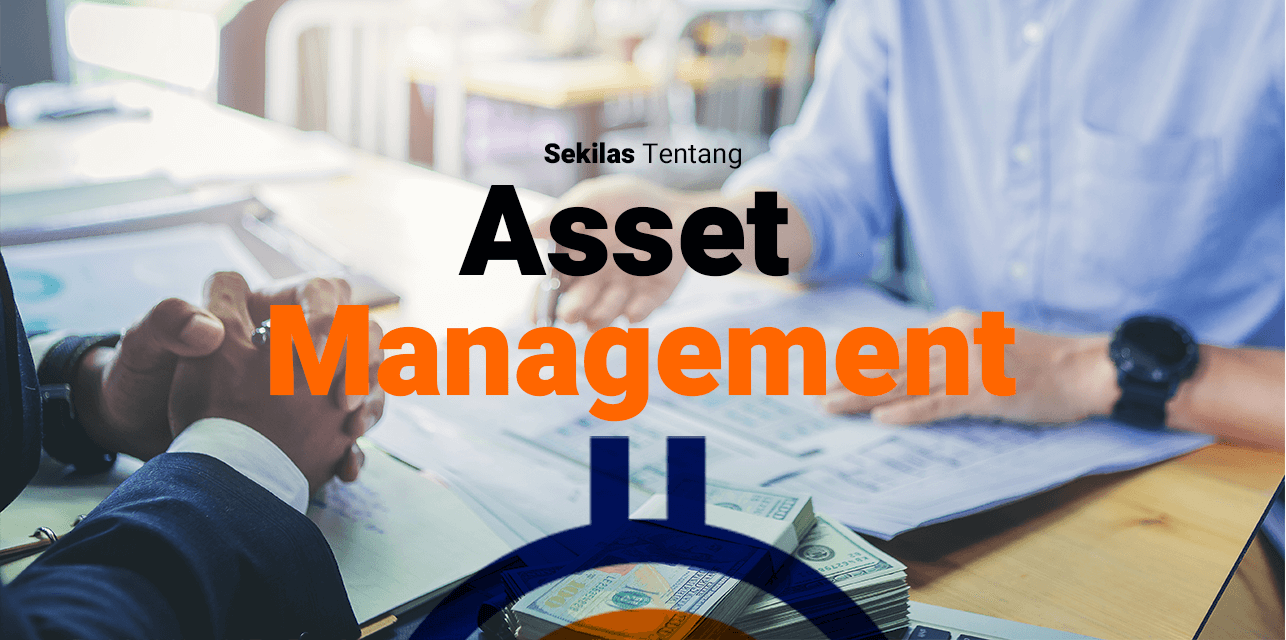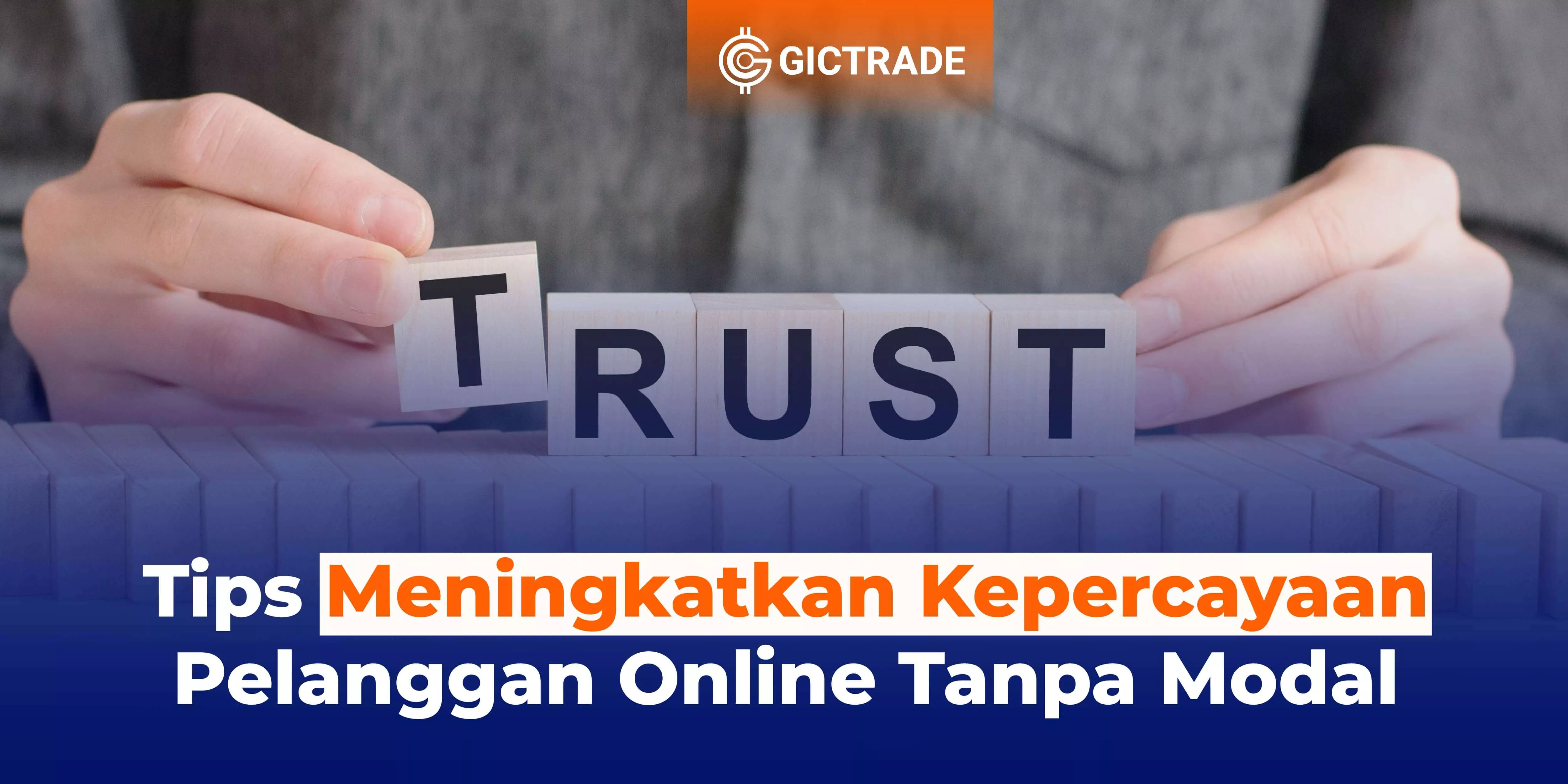Asset Management is
Asset managers strategically design and manage a client's asset portfolio to ensure growth. To diversify a client's portfolio, an Asset Management Company (AMC) covers a wide range of asset classes. AMC combines equities, bonds, cash, cash equivalents, real estate, mutual funds, commodities, and securities. There is a minimum investment limit under AMC that does not take on projects. This is also known as the wealth limit. While hiring an Asset Management Company is an expensive proposition, it definitely comes with its facilities. For starters, AMC has expertise. In addition, clients save time, money, and effort. In addition, asset managers research various investments before deciding on a hand-picked option that suits the client. The benefits are more than just advantages, AMC also facilitates risk mitigation. AMC provides their clients with alternative investment services; brokers, credit cards, money market funds, and debit cards. Despite his promise, the limits cannot be ignored. Most AMCs do not cater to low-end investors, be it individuals or small businesses. Also, these companies charge a significant fee to manage. For some clients, this becomes an avoidable burden. Experience and expertise do not eliminate human error; Strategies can go wrong, potentially resulting in significant losses for clients.Duties of Asset Management
- Inventory, classification and qualification of company assets to form a list of existing objects (registration of business assets to be managed);
- A thorough investigation and recognition of the current financial, legal and physical condition, capacity and status of existing assets;
- Provide a monetary assessment for each available object, define their problems, and outline the risks affecting them;
- Describe each unit of the company's existing assets in a very detailed way – physical location, administrative and legal ownership, age, purpose, costs, taxes, profitability, etc.;
- Engage internal and/or external professionals to obtain expert estimates, advice, investigations and resolutions on any objects available as part of the company's assets;
- Outlining a long-term business strategy in the management of the company's assets, which can be directed to the following objectives:
-
- Liquidation of unprofitable or risky assets;
- Liquidation of debts related to the company's assets;
- Minimizing costs for the maintenance and operation of the company's assets;
- Maximizing the profit and value of available assets;
- Modernization and reorientation/conversion of existing assets;
- Acquire and create new assets;
- Develop and implement the company's Asset Management Plan (AMP) which consists of key elements, such as:
- AMP's goals align with company policies and business strategy;
- Preferred and recommended techniques to answer the current situation;
- Specific objectives and plans for specific objects of the company's wealth;
- Outline roles: Asset stakeholders, sponsors, managers, coordinators, consumers, etc;
- Capital planning, development, investment management programs;
- Continuous maintenance, energy management programs and other facilities;
- Performance management and profitability index planning programs;
- External factors that pose risks and their handling;
- Describe and incorporate roles into the company's workflow – assign functional roles and responsibilities, assign internal services (administrative, financial, legal, maintenance, etc.);
- Establish regular inspections, audits, and feedback in place to regularly monitor the condition of the company's available assets;
- Outlining and formalizing appropriate documented procedures, company policies, and business strategies for handling different types of operations:
-
- Key decision-making, asset administration and budgeting processes;
- Legal, financial, fiscal, auditory and risk management functions;
- Acquisition & building new assets;
- Fitting out, development and investment into existing ones;
- Utilizing, leasing, leasing, and selling company assets;
- Insurance of assets against risks, and arranging security in the right place;
- Sustainable funding of loan-related objects and problem management;
- Establish Asset Management KPIs to determine management effectiveness
- Establish mechanisms to track and resolve issues with assets:
-
- Metrics collected for the qualification & quantification of ongoing data on financial issues (recurring expenses, net income, return on capital, annual and quarterly profitability, etc.);
- A ratio to measure a company's success in managing its assets (a ratio that shows how quickly a company's resources & supplies can be converted into cash or otherwise.
Objectives of Asset Management
Asset management objectives are long-term goals that affect an organization's asset management systems or activities. ISO 55000 defines asset management objectives as the outcomes that an organization's asset management system must deliver. The goal can be qualitative or quantitative. Some of the most common types of asset management objectives include:1. ECONOMIC GOALS
This goal aims to achieve improved financial performance, fiscal stability and maintain the organization's investment. External aspects such as inflation and internal factors such as staff efficiency can affect your organization's economic goals. Goals help you invest in quality infrastructure and optimize the lifecycle costs of your assets. Some of the advantages of economic goals include:
- Higher asset resale value
- Efficient use of resources
- Reduce business operating costs
2. SOCIAL PURPOSE
These goals relate to societal and cultural factors such as population growth, age and gender distribution, and staff attitudes. For example, you can develop a goal to create a succession plan for retirees within your organization. This helps build a sustainability mindset while protecting the community and the organization's property.3. TECHNOLOGY OBJECTIVES
This goal aims to maximize the full potential of technological resources such as software or hardware to improve the effectiveness and efficiency of the organization. For example, you can develop a plan to equip your staff with the most advanced technology by investing in asset management software or creating a database for asset records.4. ENVIRONMENTAL GOALS
Environmental goals aim to reduce your organization's impact on the environment. For example, you can create goals to prevent assets such as vehicles from contaminating water sources on site. Examples of environmental asset management objectives include:- To reduce dependence on fossil fuels
- Maintaining a healthy ecosystem
- Reduce energy consumption
- Eliminate carbon emissions
Asset Management Companies in Indonesia
Here is a list of companies engaged in asset management. The companies are:| # | Investment Manager | Period | Latest AUM | Latest Unit | |||
|---|---|---|---|---|---|---|---|
| IDR | USD | IDR | USD | ||||
| 1 | Capital Asset Mangement, PT | May 2022 | 2,880,721,124,555.00 | 0 | 2,177,729,213.00 | 0 | |
| 2 | Pinnacle Persada Investama, PT | May 2022 | 2,172,488,655,044.00 | 0 | 3,409,141,400.00 | 0 | |
| 3 | Victoria Manajemen Investasi, PT | May 2022 | 873,823,964,129.00 | 0 | 1,129,660,414.00 | 0 | |
| 4 | Insight Investments Management, PT | May 2022 | 11,571,403,347,941.00 | 0 | 10,661,902,765.00 | 0 | |
| 5 | Ciptadana Asset Management, PT | May 2022 | 2,448,159,565,161.00 | 13,532,379.00 | 1,996,806,221.00 | 13,711,773.00 | |
| 6 | Sucorinvest Asset Management, PT | May 2022 | 35,890,358,932,581.00 | 4,021,628.00 | 25,893,137,605.00 | 2,843,530.00 | |
| 7 | Henan Putihrai Asset Management, PT | May 2022 | 7,574,709,031,584.00 | 0 | 5,561,161,659.00 | 0 | |
| 8 | Phillip Asset Management, PT | May 2022 | 344,825,922,910.00 | 0 | 215,924,327.00 | 0 | |
| 9 | Prospera Asset Management, PT | May 2022 | 1,372,264,353,594.00 | 0 | 2,052,649,974.00 | 0 | |
| 10 | RHB Asset Management Indonesia, PT | May 2022 | 4,388,274,750,820.00 | 0 | 4,139,148,177.00 | 0 | |
| 11 | Principal Asset Management, PT | May 2022 | 5,117,131,646,146.00 | 16,409,062.00 | 2,722,369,145.00 | 15,008,383.00 | |
| 12 | Post Asset Management Indonesia, PT | Mar 2022 | 175,050,998.00 | 0 | 0 | 0 | |
| 13 | Maybank Asset Management, PT | May 2022 | 2,433,635,162,161.00 | 0 | 2,473,316,048.00 | 0 | |
| 14 | Sinarmas Asset Management, PT | May 2022 | 18,160,685,196,370.00 | 131,334,054.00 | 7,565,629,050.00 | 68,455,480.00 | |
| 15 | Trimegah Asset Management, PT | May 2022 | 27,290,915,191,723.00 | 831,828.00 | 22,720,431,585.00 | 655,987.00 | |

 Last:
Last: 







